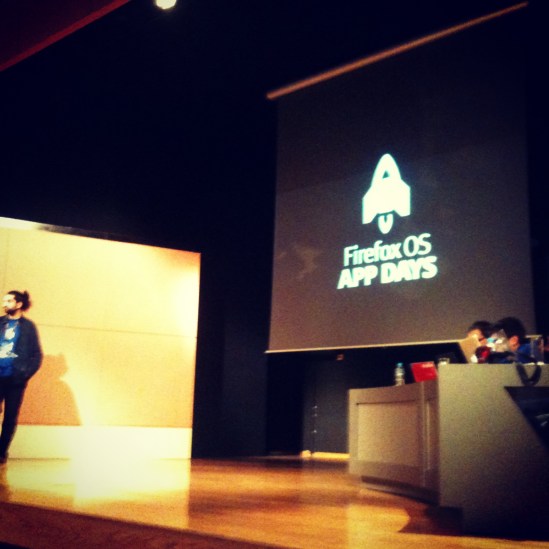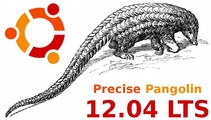So, after a long time of zero blog posting activity I thought it would be nice to share my ADSL modem/router configuration for IPv6 connectivity with my current ISP, Forthnet.
The ADSL router I use is a Forthnet provided Technicolor TG582n. TG582n’s firmware revision is at *10.2.2.B.EH*. I am already aware of my provider’s IPv6 settings so that really helped me a lot with the evaluation of my setup. For more information regarding Forthnet’s IPv6 setup status and/or settings you can refer to it’s official website. According to the site, Forthnet has currently configured almost all of its ADSL BRAS Routers so you don’t have to alter your PPP username to have IPv6 up and working.
Anyway, let me guide you through my TG582n configuration which works in perfect harmony with Forthnet’s IPv6 settings.
First, login into the CLI of the modem/router. As usual, TG582n’s default IP address is 192.168.1.254.
telnet 192.168.1.254Enable ipv6 on the Internet ppp interface
:ppp ifdetach intf Internet:ppp ifconfig ipv6 enabled intf Internet:ppp attach intf Internet
Re-configure the IPv6 DHCP Client of the modem/router to work correctly with Forthnet’s IPv6 routers.
:dhcp clientv6 ifdetach intf=Internet:dhcp clientv6 ifconfig intf Internet listenra disabled:dhcp clientv6 ifattach intf=Internet
You will know if everything worked correctly when you receive your /56 IPv6 Prefix. You can check it with the following command
:dhcp clientv6 iflist expand enabledSee an output example bellow:
DHCPv6 Client Info : Interface : Internet Mode : stateful DHCPv6 Client State : [BOUND] Client DUID : Non Temporary Adress list : Prefix list : IA ID : Renew value : 0 days, 12:00:00 Rebind value : 0 days, 19:12:00 Prefix : ::/56 [active] Preferred lifetime : 1 day, 0:00:00 Valid lifetime : 7 days, 0:00:00
Timeout till depreferred : 0 days, 18:41:58
Configure modem/router’s IPv6 DHCP Server in order to pass out correct DNS options on your local LAN
:dhcp serverv6 config state=enabled :dhcp serverv6 option add name=forthnet_dns :dhcp serverv6 option fieldadd name=forthnet_dns option=domain-name-servers value=2a02:2148:99:8888::8888 :dhcp serverv6 option add name=google_dns :dhcp serverv6 option fieldadd name=google_dns option=domain-name-servers value=2001:4860:4860::8888 :dhcp serverv6 pool optionadd name=LAN6_pool optionname=forthnet_dns :dhcp serverv6 pool optionadd name=LAN6_pool optionname=google_dns
That would be all!
You can now enable the IPv6 settings on one of your local workstations and check if everything is working correctly. Forthnet has an IPv6 testing website to check from your web browser: http://test-ipv6.forthnet.gr/
Have fun with your IPv6 Home setup! 🙂

